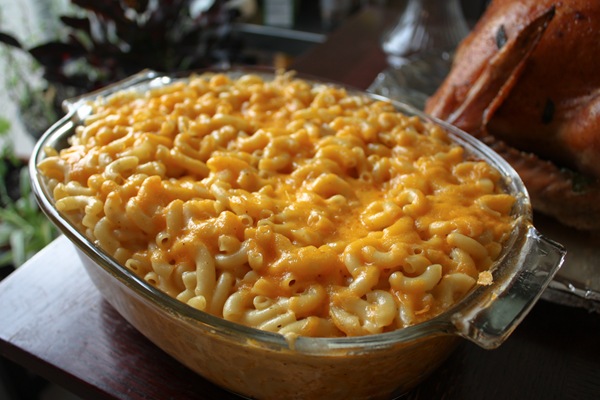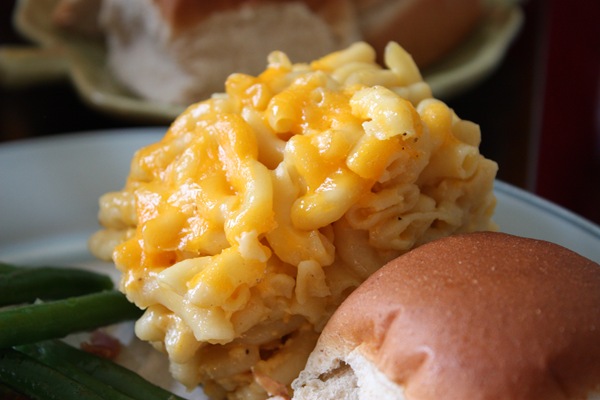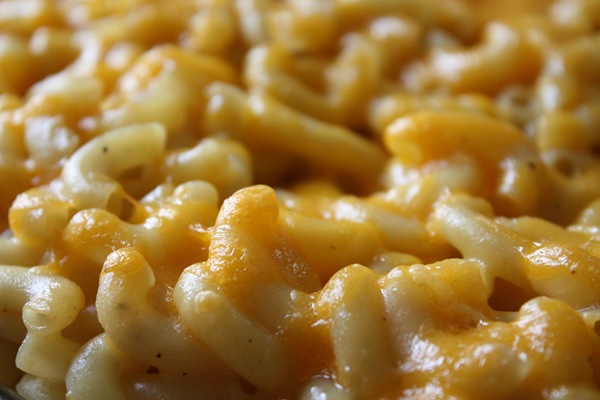 The holidays wouldn’t be complete without gingerbread. Of course, this would be my first attempt ever at making the traditional cookie so I didn’t know what to expect. Even though you have to roll the dough and chill it, it’s a pretty simple cookie to make.
The holidays wouldn’t be complete without gingerbread. Of course, this would be my first attempt ever at making the traditional cookie so I didn’t know what to expect. Even though you have to roll the dough and chill it, it’s a pretty simple cookie to make.
I used the food processor method to mix all the ingredients. But unless you have a large food processor bowl, I would use a regular stand mixer. The directions are simple. Just add your dry ingredients, then a little butter and gradually add the milk and molasses. Almost instantly you’ll know you’re making gingerbread. The aroma from the ginger and molasses and the deep color of the dough is a wonderful sight.
Once the dough was mixed, I divided it and rolled it flat between two pieces of parchment paper. If you hate rolling dough, this method is pretty simple. You don’t have to worry about dough sticking to the rolling pin, or flouring your work surface.
I prepared the dough the day before I need the cookies, then chilled the sheets of rolled dough between the parchment overnight. The next morning I used my new tree cookie cutter to cut out the cookies and gently put them onto a parchment-lined baking sheet. In my gas oven, each sheet of cookies only took about 8 minutes.
The cookies taste great. Even if you’re not a fan of gingerbread you may like these. They are slightly spicy, yet mild. And the soft texture of the cookie is great. I prefer chewy and soft gingerbread rather than the gingersnap style of cookies. I’d like to keep my teeth in one piece.
For a rolled cookie recipe, this one is super simple and great for the holidays.
Printable Version
Directions
For about twenty 5-inch gingerbread people or thirty 3-inch cookies
Because flour is not added during rolling, dough scraps can be rolled and cut as many times as necessary. Don't overbake the cookies or they will be dry. Store soft gingerbread in a wide, shallow airtight container or tin with a sheet of parchment or waxed paper between each cookie layer. These cookies are best eaten within one week.
Ingredients
3 cups all-purpose flour
3/4 cup firmly packed dark brown sugar
1 tablespoon ground cinnamon
1 tablespoon ground ginger
1/2 teaspoon ground cloves
1/2 teaspoon salt
3/4 teaspoon baking soda
12 tablespoons (1 1/2 sticks) unsalted butter, cut into 12 pieces and softened slightly
3/4 cup unsulphured molasses
2 tablespoons milk
Directions
1. In food processor work bowl fitted with steel blade, process flour, sugar, cinnamon, ginger, cloves, salt, and baking soda until combined, about 10 seconds. Scatter butter pieces over flour mixture and process until mixture is sandy and resembles very fine meal, about 15 seconds. With machine running, gradually add molasses and milk; process until dough is evenly moistened and forms soft mass, about 10 seconds.
Alternatively, in bowl of standing mixer fitted with paddle attachment, stir together flour, sugar, cinnamon, ginger, cloves, salt, and baking soda at low speed until combined, about 30 seconds. Stop mixer and add butter pieces; mix at medium-low speed until mixture is sandy and resembles fine meal, about 1 1/2 minutes. Reduce speed to low and, with mixer running, gradually add molasses and milk; mix until dough is evenly moistened, about 20 seconds. Increase speed to medium and mix until thoroughly combined, about 10 seconds.
2. Scrape dough onto work surface; divide in half. Working with one portion of dough at a time, roll 1/4-inch thick between two large sheets of parchment paper. Leaving dough sandwiched between parchment layers, stack on cookie sheet and freeze until firm, 15 to 20 minutes. (Alternatively, refrigerate dough 2 hours or overnight.)
3. Adjust oven racks to upper- and lower-middle positions and heat oven to 350 degrees. Line two cookie sheets with parchment paper.
4. Remove one dough sheet from freezer; place on work surface. Peel off top parchment sheet and gently lay it back in place. Flip dough over; peel off and discard second parchment layer. Cut dough into 5-inch gingerbread people or 3-inch gingerbread cookies, transferring shapes to parchment-lined cookie sheets with wide metal spatula, spacing them 3/4 inch apart; set scraps aside. Repeat with remaining dough until cookie sheets are full. Bake cookies until set in centers and dough barely retains imprint when touched very gently with fingertip, 8 to 11 minutes, rotating cookie sheets front to back and switching positions top to bottom halfway through baking time. Do not overbake. Cool cookies on sheets 2 minutes, then remove with wide metal spatula to wire rack; cool to room temperature. (I did not switch positions of the cookie sheets in my gas oven. I just put the sheets on the top rack since they’re are no heating elements on the top.)
5. Gather scraps; repeat rolling, cutting, and baking in steps 2 and 4. Repeat with remaining dough until all dough is used.
From Cook’s Illustrated









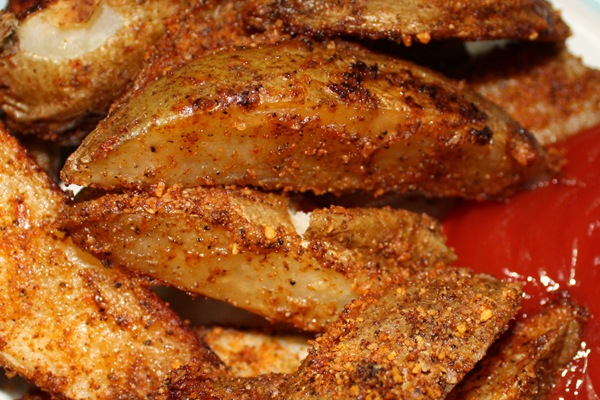
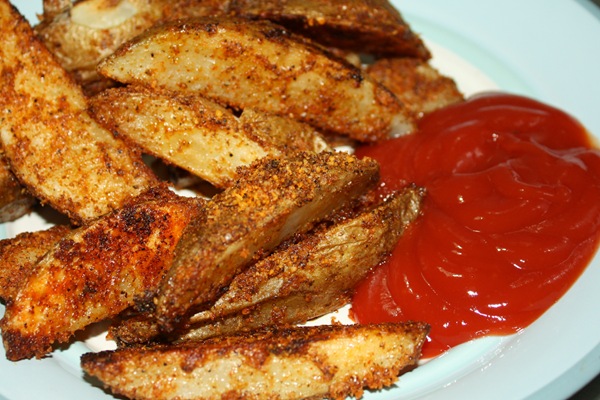 Rather than just relying on the oven to bake these potato wedges of differing sizes, I went to the microwave. I poked holes with the tines of a fork into whole potatoes and microwaved about 8 or 9 of them for 5-6 minutes. Once done, and slightly cooled, I cut the potatoes into wedges. The microwaving seemed to help the potatoes with their final texture. Once the wedges were baked in the oven, they came out crispy on the outside, and more like a baked potato on the inside.
Rather than just relying on the oven to bake these potato wedges of differing sizes, I went to the microwave. I poked holes with the tines of a fork into whole potatoes and microwaved about 8 or 9 of them for 5-6 minutes. Once done, and slightly cooled, I cut the potatoes into wedges. The microwaving seemed to help the potatoes with their final texture. Once the wedges were baked in the oven, they came out crispy on the outside, and more like a baked potato on the inside.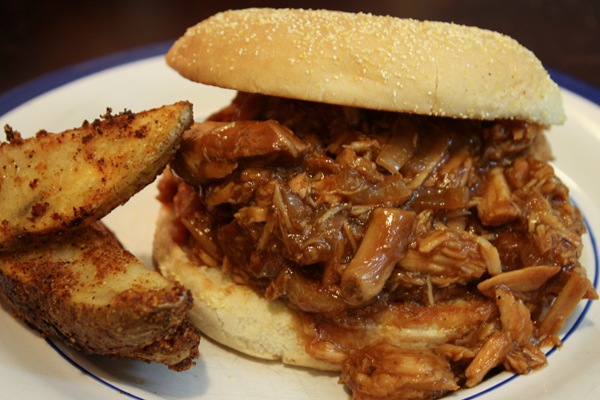
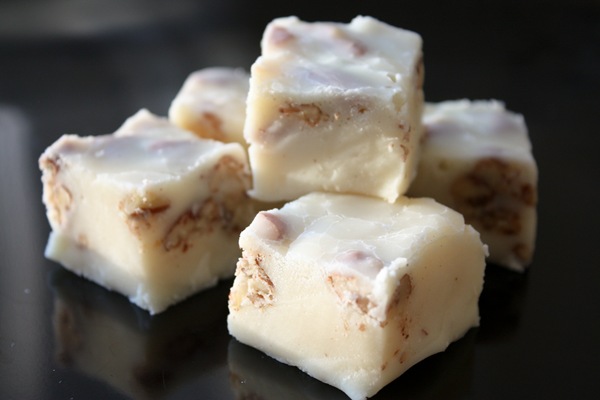
 I also wondered how in the world would this fudge set up, when it’s just white chocolate chips and sweetened condensed milk. Well, I don’t know how it works but it sets up great. Just chill the finished fudge for two hours, cut into squares and then it’s good at room temperature.
I also wondered how in the world would this fudge set up, when it’s just white chocolate chips and sweetened condensed milk. Well, I don’t know how it works but it sets up great. Just chill the finished fudge for two hours, cut into squares and then it’s good at room temperature.